[最も好ましい] bacteria e coli shape 206639-How to identify e coli bacteria
E coli bacteria help maintain the balance of normal intestinal bacteria against harmful bacteria However, there are hundreds of types or strains of E coli bacteria Different strains of E coli have different characteristics One E coli strain that causes a severe intestinal infection in humans is known as enterohemorrhagic E coli (EHEC)Escherichia coli or E coli as it is abbreviated, is commonly known as a disease causing organism Before discussing it as a potential pathogen, note the structure and function of the organism First of all, E coli is a gramnegative bacteria It is shaped like a rod and is one of the most commonly studied organismE coli is an intestinal pathogen or commensal of the human or animal intestine and is voided in the faeces remaining viable in the environment only for some days Detection of E coli in drinking water is an indication of pollution with faeces 2 Morphology and Staining of Escherichia Coli

Bacteria And E Coli In Water
How to identify e coli bacteria
How to identify e coli bacteria-Escherichia coli (/ ˌɛʃəˈrɪkiə ˈkoʊlaɪ /), also known as E coli (/ ˌiː ˈkoʊlaɪ /), is a Gramnegative, facultative anaerobic, rodshaped, coliform bacterium of the genus Escherichia that is commonly found in the lower intestine of warmblooded organisms (endotherms)E coli (Escherichia coli), is a type of bacteria that normally lives in your intestinesIt's also found in the gut of some animals Most types of E coli are harmless and even help keep your


Chlamydial Mreb Directs Cell Division And Peptidoglycan Synthesis In Escherichia Coli In The Absence Of Ftsz Activity Mbio
SUMMARY The shape of Escherichia coli is strikingly simple compared to those of higher eukaryotes In fact, the end result of E coli morphogenesis is a cylindrical tube with hemispherical caps It is argued that physical principles affect biological forms In this view, genes code for products that contribute to the production of suitable structures for physical factors to act uponWhile coccus bacteria are generally round or spherical, rod bacteria (bacillus) are cylindrical or rodshaped Examples of rod bacteria are Escherichia coli ( E coli ) and Bacillus subtilis ( B subtilis )Oscillatoria is about 7 µm in
E coli is a single species in the fecal coliform groupE coli, or Escherichia coli is a rodshaped bacteria that is normally present in the lower intestine of humans and warmblooded animals There are hundreds of different types, (called strains) of E coli Some of these strains are harmless and others can be harmfulE coli is a facultative (aerobic and anaerobic growth) gramnegative, rod shaped bacteria that can be commonly found in animal feces, lower intestines of mammals, and even on the edge of hot springs They grow best at 37 C E coli is a Gramnegative organism that can not sporulate
Most of the bacteria range from 022 µm in diameter The length can range from 110 µm for filamentous or rodshaped bacteria The most wellknown bacteria E coli, their average size is ~15 µm in diameter and 26 µm in length In this figure The size comparison between our hair (~ 60 µm) and E coli (~1 µm) Notice how small theFor example, E coli B/r becomes more elongated at higher growth rates, but E coli B/r H266 becomes more rounded A more permanent effect of growth rate on cell shape is suggested by evolutionary experiments by Lenski and Mongold, who identified a measurable shape change in E coli during a 10,000generation experimentName the dye that gives it this color To what cell structure do the 2 dyes bind?



E Coli Images Stock Photos Vectors Shutterstock



Pathogenic E Coli Extracts Nutrients From Infected Host Cells Utilizing Injectisome Components Sciencedirect
We model the peptidoglycan cell wall of a Gramnegative rodshaped bacterium such as E coli as a singlelayered cylindrical spring network, as shown, eg, in Fig 1 and in expanded view in Fig S1 In the absence of defects, the network consists of N h circular peptidoglycan strands around the circumference of the cylinder, each consisting of N g individual glycan springsThey include sheathed, stalked, filamentous, square, starshaped, spindleshaped, lobed, trichomeforming, and pleomorphic bacteria Ultrasmall Bacteria Ultrasmall bacteria ( 150 could fit in a single Escherichia coli) have been discovered in groundwater that was passed through a filter with a pore size of 02 micrometers µm)Bacteria species E coli and S aureus under the microscope with different magnifications Bacteria are among the smallest, simplest and most ancient living
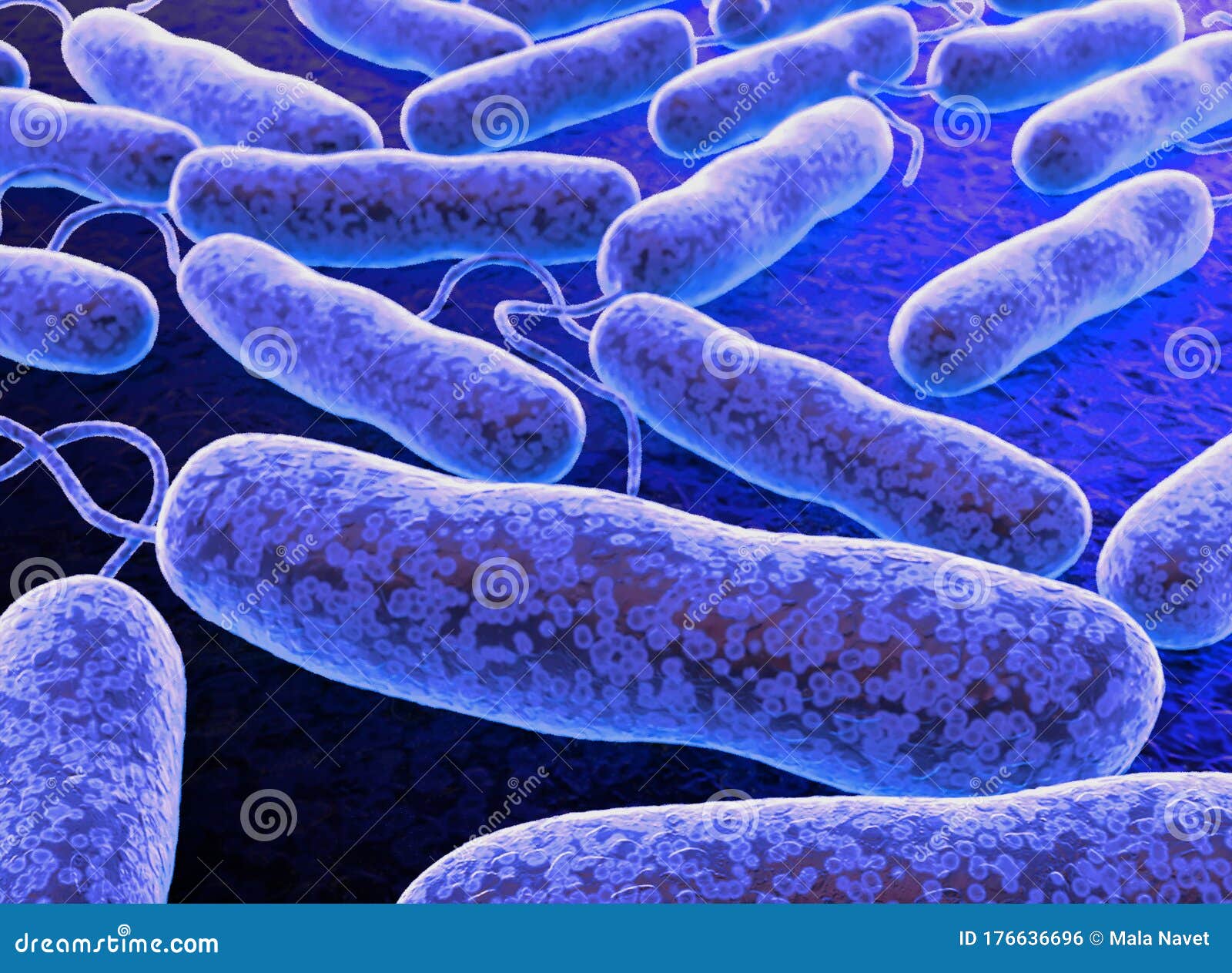


E Coli Bacteria Vibrios Type Category Stock Illustration Illustration Of Bacteria Category



27 Earth Bacteria E Coli
E coli Shape (form) circular Margin entire Elevation raised Size punctiform, small Texture (surface) smooth Appearance shiny Pigmentation nonpigmented (colorless) Optical property translucent S aureus Shape (form) circular Margin entire Elevation convex Size moderate, large Texture (surface) rough Appearance shiny Pigmentation tan, golden yellow Optical property opaque For all bacteria, they can be described on the basis of these traits (how the bacteria look) when grown onCommonly referred to as E coli, Escherichia coli is a bacterium that is typically found in a number of environments including various foods, soil and animal intestines E coli is very diverse and belongs to the genus Escherichia While most of the strains are harmless (and also important in the human intestinal tract), others are harmful andE coli is a rodshaped bacterium The peptidoglycan cell wall is thin and multilayered There is a thin peptidoglycan layer placed between the inner cytoplasmic membrane, and the outer membrane The outer membrane is surrounded by the capsule layer which is composed of polysaccharides
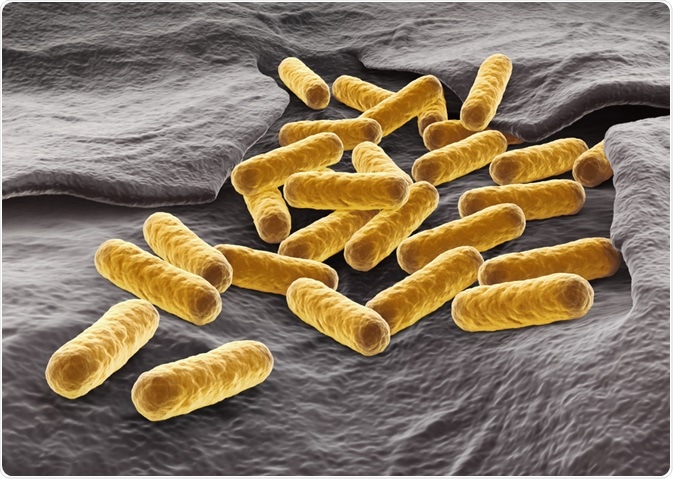


E Coli As A Model Organism



Solved 1 Identify The Morphology Morphological Arrangem Chegg Com
Most of the bacteria range from 022 µm in diameter The length can range from 110 µm for filamentous or rodshaped bacteria The most wellknown bacteria E coli, their average size is ~15 µm in diameter and 26 µm in length In this figure The size comparison between our hair (~ 60 µm) and E coli (~1 µm) Notice how small theThe most commonly tested fecal bacteria indicators are total coliforms, fecal coliforms, Escherichia coli, fecal streptococci, and enterococci All but E coli are composed of a number of species of bacteria that share common characteristics such as shape, habitat, or behavior;Escherichia coli, often abbreviated E coli, are rodshaped bacteria that tend to occur individually and in large clumps E coli are classified as facultative anaerobes, which means that they grow best when oxygen is present but are able to switch to nonoxygendependent chemical processes in the absence of oxygen


2 2 Prokaryotic Cells Bioninja


What Does An E Coli Bacteria Look Like Under A Microscope Quora
Escherichia coli, often abbreviated E coli, are rodshaped bacteria that tend to occur individually and in large clumps E coli bacteria have a single cell arrangement, according to Schenectady County Community College E coli is a gramnegativE coli is an intestinal pathogen or commensal of the human or animal intestine and is voided in the faeces remaining viable in the environment only for some days Detection of E coli in drinking water is an indication of pollution with faeces 2 Morphology and Staining of Escherichia ColiEscherichia coli (E coli) bacteria normally live in the intestines of people and animals Most E coli are harmless and actually are an important part of a healthy human intestinal tract However, some E coli are pathogenic, meaning they can cause illness, either diarrhea or illness outside of the intestinal tract The types of E coli that can cause diarrhea can be transmitted through



Escherichia Coli Bacterium E Coli Gram Negative Rod Shaped Stock Photo Picture And Royalty Free Image Image



Sem Images Of E Coli And B Subtilis Treated With Flow Open I
Starshaped bacteria Look like stars (starshaped) eg Stella humosa;The key difference between E coli and Pseudomonas aeruginosa is that E coli is a facultative anaerobic bacterial species that belongs to family Enterobacteriaceae and genus Escherichia, while P aeruginosa is an aerobic bacterial species that belongs to family Pseudomonadadaceae and genus Pseudomonas Both E coli and Pseudomonas aeruginosa are gramnegative, rodshaped and motile bacteriaBiology Of E Coli E coli ( Escherichia coli) are a small, Gramnegative species of bacteria Most strains of E coli are rodshaped and measure about μm long and 0210 μm in diameter They typically have a cell volume of 0607 μm, most of which is filled by the cytoplasm



Graphy Bacteria Microorganism Coccus E Coli Microscope Technic Microscope Shape Png Klipartz



Solved 1 Identify The Morphology Morphological Arrangem Chegg Com
What are the gram reaction, shape, and arrangement of Bacillus?E coli Shape (form) circular Margin entire Elevation raised Size punctiform, small Texture (surface) smooth Appearance shiny Pigmentation nonpigmented (colorless) Optical property translucent S aureus Shape (form) circular Margin entire Elevation convex Size moderate, large Texture (surface) rough Appearance shiny Pigmentation tan, golden yellow Optical property opaque ForE coli is gramnegative (ve) rodshaped bacteria It is 13 x 0407 µm in size and 06 to 07 µm in volume It is arranged singly or in pairs It is motile due to peritrichous flagella



Bacteria Diversity Of Structure Of Bacteria Britannica



Bacteria And E Coli In Water
Example of Shape Bacteria Examples Coccus (plural cocci) round or ballshaped bacterium Staphylococcus aureus, agent of skin infection Bacillus (bacilli) rod or cylindrical shaped bacterium Bacillus cereus, agent of food poisoning Escherichia coli, agent of traveler's diarrhea, food poisoningCocci bacteria appear spherical or oval in shape For the most part, the shape is determined by the cell wall of the organism and therefore varies from one type of cocci bacteria to another Cocci bacteria may exist as single cells or remain attached to each other Attached Cocci bacteria includeNow, a team of researchers led by the Harvard John A Paulson School of Engineering and Applied Sciences (SEAS) has found that Escherichia coli (E coli) may use mechanical cues to keep their



E Coli


Q Tbn And9gcqkye60ou Johpr02n Mbv1fferrjpdh Lnct7ymdf5qhyia1ld Usqp Cau
Regular rod morphology of Escherichia coli versus SOS stressinduced filaments observed in the urinary tract infection model Extended filamentous structures in Helicobacter pylori, which under normal conditions is a spiralshaped bacteriaThe average diameter of spherical bacteria is 05 µm For rodshaped or filamentous bacteria, length is 110 µm and diameter is 0251 0 µm E coli , a bacillus of about average size is 11 to 15 µm wide by to 60 µm long Spirochaetes occasionally reach 500 µm in length and the cyanobacterium;RodZ is a conserved bitopic membrane protein that interacts with MreB, both factors are required to maintain the rod shape of E coli RodZ is also required for the proper assembly of the MreB cytoskeleton



Escherichia Coli E Coli Meaning Morphology And Characteristics
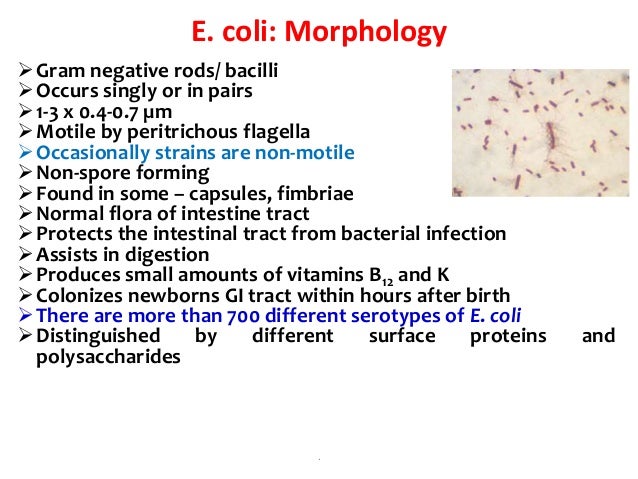


Genus Escherichia Coli
The shape of E coli is strikingly simple compared to those of higher eukaryotes Outwardly, it resembles a lower eukaryote like S pombe However, the latter not only is larger (7 to 13 μm long and 2 to 3 μm in diameter versus 15 to 55 μm long and 05 to 10 μm in diameter) but also harbors membranebound organelles and a cytoskeletonStructure And Function Of A Ecoli Bacteria E coli is a rodshaped bacterium The peptidoglycan cell wall is thin and multilayered There is a thin peptidoglycan layer placed between the inner cytoplasmic membrane, and the outer membrane The outer membrane is surrounded by the capsule layer which is composed of polysaccharides The flagellum of E coli consists of three distinct parts the filament, the hook and the basal body all of which are made up of different types of proteinsPleomorphic bacteria Bacteria with the ability to change their shape and size in different



A Top View Of E Coli On Different Engineered Surfaces Scale Bar Download Scientific Diagram



Escherichia Coli Wikipedia
List at least 3 differences between gram positive and gram negative bacteriaOverview Escherichia coli (E coli) bacteria normally live in the intestines of healthy people and animals Most types of E coli are harmless or cause relatively brief diarrhea But a few strains, such as E coli O157H7, can cause severe stomach cramps, bloody diarrhea and vomitingTiny Earth of Escherichia coli Escherichia coli (E coli) bacteria typically reside in the intestines of humans and animals Most of E Coli are harmless and are actually an important part of a healthy human intestinal tract However, there are some E coli that are pathogenic, which means that they can cause disease, either diarrhea or disease outside the intestinal tract
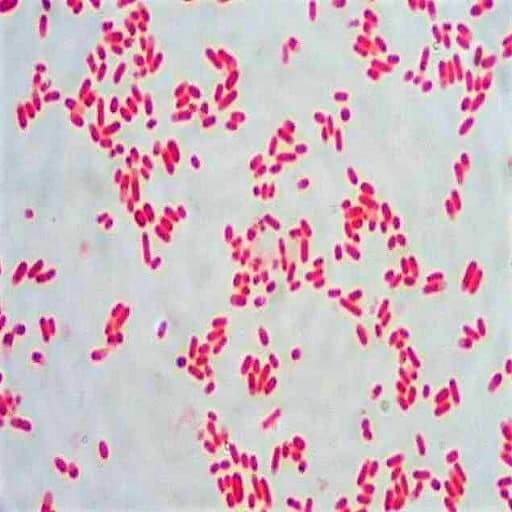


Morphology Culture Characteristics Of Escherichia Coli E Coli



The Natural History Of Model Organisms The Unexhausted Potential Of E Coli Elife
Haloarcula Triangular in shape;Now, a team of researchers led by the Harvard John A Paulson School of Engineering and Applied Sciences (SEAS) has found that Escherichia coli (E coli) may use mechanical cues to keep theirE coli bacteria are a normal part of the intestinal flora in humans and other animals, where they aid digestion They are examples of bacilli shaped bacteria PASIEKA/Science Photo Library/Getty Images Bacillus Cell Arrangements Bacillus is one of the three primary shapes of bacteria Bacillus (bacilli plural) bacteria have rodshaped cells



Solved Escherichia Coli E Coli Is A Rod Shaped Bacteri Chegg Com



Sensors Free Full Text Surface Plasmon Resonance And Bending Loss Based U Shaped Plastic Optical Fiber Biosensors Html
For the rodshaped Gramnegative bacterium Escherichia coli, changes in cell shape have critical consequences for motility, immune system evasion, proliferation and adhesion For most bacteria, the peptidoglycan cell wall is both necessary and sufficient to determine cell shape However, how the synEscherichia coli (Ecoli) Staphylococcus Aureus Staphylococcus Aureus (S Aureus) is another roundshaped bacteria that is extremely common It is abundant on the skin, in the nose and the respiratory tract Just like Ecoli, there are pathogenic strains of S Aureus that are responsible for skin infections, abscesses, and respiratory infectionsMost strains of E coli are harmless to humans, but some can cause infection E coli infection can result in gastrointestinal problems like diarrhea, and in more severe cases, bacterial meningitis or pneumonia can occur Lactobacillus acidophilus is another bacillusshaped species of bacteria naturally found in places like the intestines and



Why Is It Important To Know The Shape And Arrangement Of Bacteria Quora


Q Tbn And9gcrxsv6valktvydnaiqm6 Yoim4dbn 9td0atqk2azvfczn73wcq Usqp Cau
Because E coli is a gut bacterium, it grows best at body temperature (374ºC) This is an easy temperature for scientists to work with in the laboratory It isn't fussy about nutrition E coli can obtain energy from a wide variety of sources In its natural environment (the gut), it consumes digested foodstuffsE coli is a type of bacteria that normally live in the intestines of people and animals However, some types of E coli , particularly E coli O157H7, can cause intestinal infectionSome bacteria possess various odd shapes that distinguish them from other types of bacteria These include Rectangular bacteria They appear rectangular in shape eg Haloarcula marismortui;



Gram Positive Bacteria Microbiology
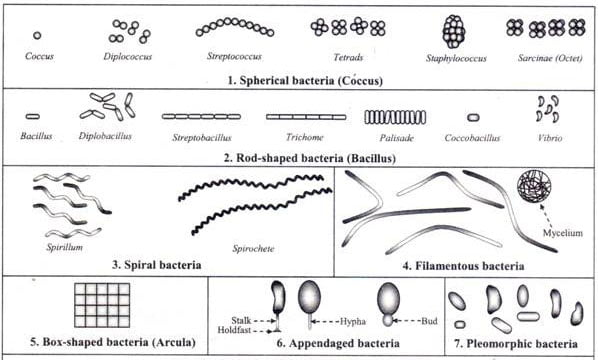


Different Size Shape And Arrangement Of Bacterial Cells
E coli and Coliform are rodshaped, nonspore producing Gramnegative bacteria They can be either motile or nonmotile They can be either motile or nonmotile Key Areas CoveredBacteria are a Prokaryotic b Singlecelled, microscopic organisms (Exceptions have been discovered that can reach sizes just visible to the naked eyeThey include Epulopiscium fishelsoni, a bacillusshaped bacterium that is typically 80 micrometers (µm) in diameter and 0600 µm long, and Thiomargarita namibiensis, a spherical bacterium between 100 and 750 µm in diameterCommonly referred to as E coli, Escherichia coli is a bacterium that is typically found in a number of environments including various foods, soil and animal intestines E coli is very diverse and belongs to the genus Escherichia While most of the strains are harmless (and also important in the human intestinal tract), others are harmful and
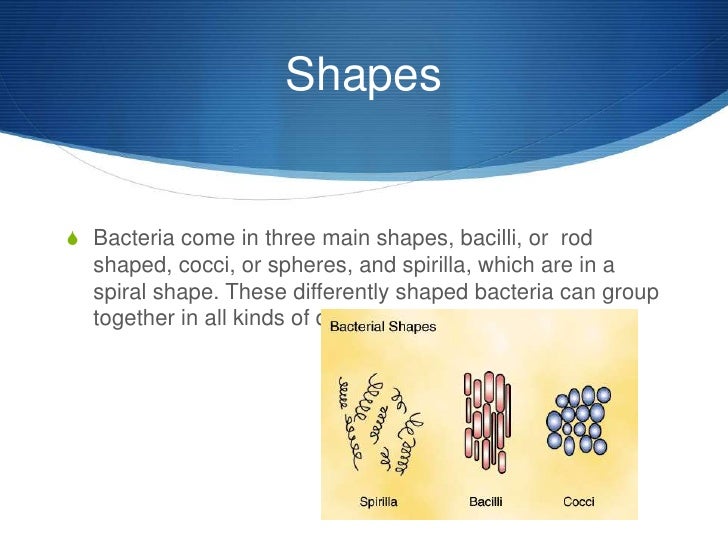


E Coli



How To Build A Bacterial Cell Mreb As The Foreman Of E Coli Construction Sciencedirect
For example, E coli B/r becomes more elongated at higher growth rates, but E coli B/r H266 becomes more rounded A more permanent effect of growth rate on cell shape is suggested by evolutionary experiments by Lenski and Mongold, who identified a measurable shape change in E coli during a 10,000generation experimentWhat are the gram reaction, shape, and arrangement of E coli?First of all, E coli is a gramnegative bacteria It is shaped like a rod and is one of the most commonly studied organism Most strains of this bacteria are harmless and can be found in the large intestine of many warmblooded animals These bacteria actually have many beneficial effects on the human body, providing vitamin K and preventing pathogenic bacteria from growing in the intestine
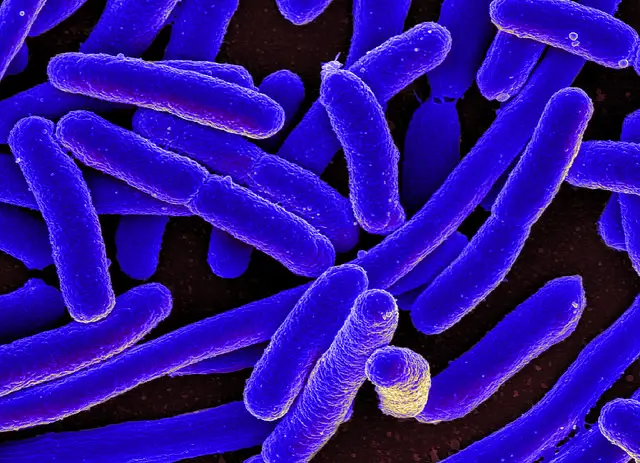


E Coli Under The Microscope Types Techniques Gram Stain Hanging Drop Method



Escherichia Coli Bacteria E Coli Stock Footage Video 100 Royalty Free Shutterstock
Shape – Escherichia coli is a straight, rod shape (bacillus) bacterium Size – The size ofWhat color is E coli when gram stained?



Rod Like Bacterial Shape Is Maintained By Feedback Between Cell Curvature And Cytoskeletal Localization Pnas



Escherichia Coli E Coli National Geographic Society



Escherichia Coli E Coli An Overview Microbe Notes



Escherichia Coli Wikipedia



Pale Blue Burgundy Peach Who Knew E Coli Bacteria Was So Beautiful



Genomewide Phenotypic Analysis Of Growth Cell Morphogenesis And Cell Cycle Events In Escherichia Coli Molecular Systems Biology



3d Illustration Of E Coli Bacteria Vibrios Type Category Stock Illustration Illustration Of Body Korona



3d Illustration E Coli Image Photo Free Trial Bigstock


Chlamydial Mreb Directs Cell Division And Peptidoglycan Synthesis In Escherichia Coli In The Absence Of Ftsz Activity Mbio


Escherichia Coli Bacteria Appearance Dangerous Infections And Diseases E Coli O157 H7 Treatment Organs And Body Parts Affected By E Coli O157 H7 Bacteria Cell Morphology And Gram Stain Gram Negative Bacteria
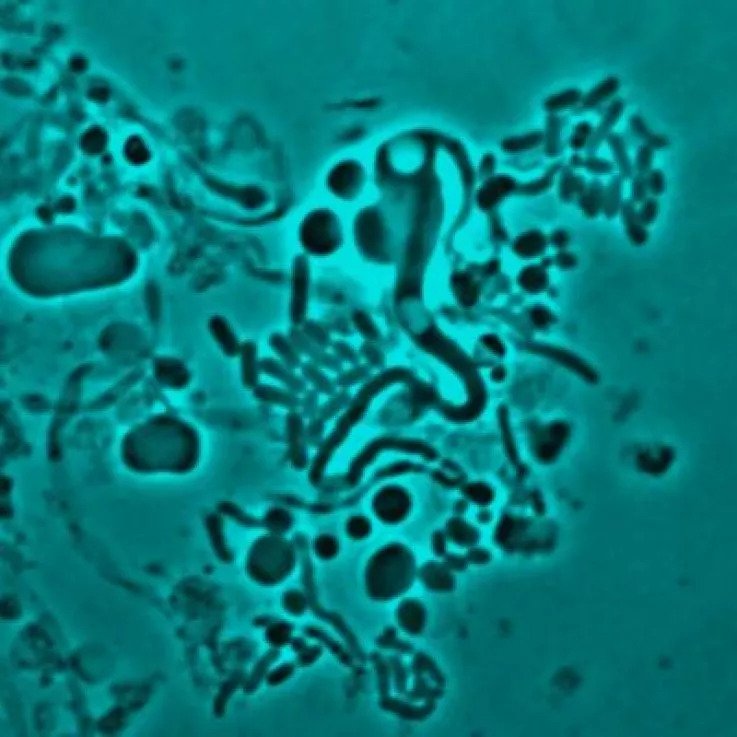


Crafty Bacteria Change Shape To Evade Antibiotics Kids News Article



Taking One For The Team How Bacteria Self Destruct To Fight Viral Infections Eurekalert Science News
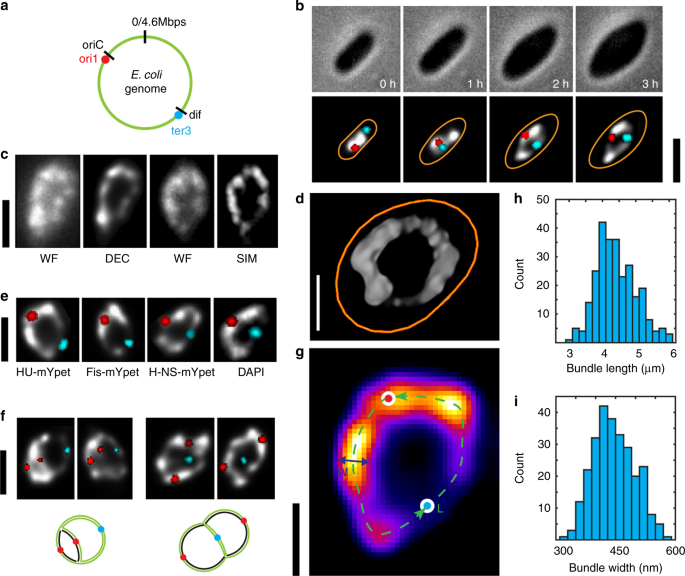


Direct Imaging Of The Circular Chromosome In A Live Bacterium Nature Communications
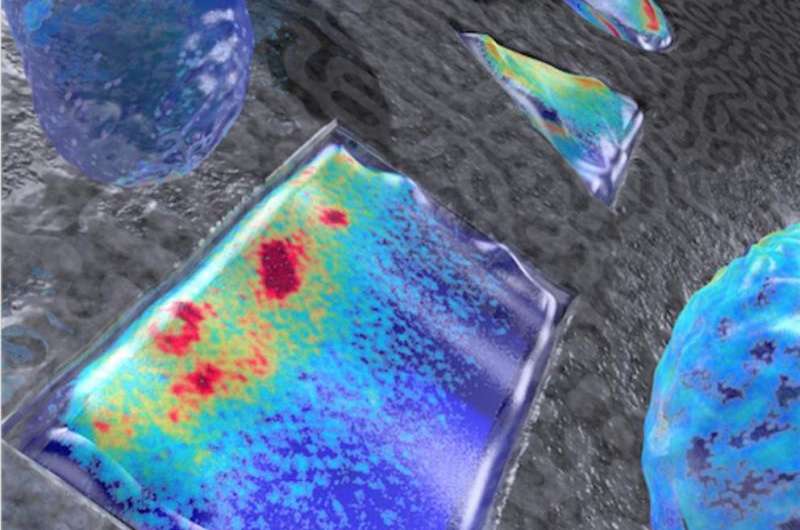


Squares Triangles Regardless Of Their Form Bacteria Can Figure Out Where To Split With A Little Help From Alan Turing



Motile Curved Bacteria Are Pareto Optimal Pnas



E Coli



Pin On Holiday Flyer Party Invitations



3d Illustration E Coli Image Photo Free Trial Bigstock


Www Mccc Edu Hilkerd Documents Bio1lab3 Exp 4 000 Pdf



Pharmaceutical Microbiology Modern Myths 1 E Coli Bacteria Are All The Same



Surface Area To Volume Ratio A Natural Variable For Bacterial Morphogenesis Trends In Microbiology


Q Tbn And9gcqksoeyhk0r7phnhaimry3xpw1noc8z1ifj7d7yysogp61j 26c Usqp Cau



E Coli Colony Morphology On Macconkey Agar Plate Presumptive Download Scientific Diagram



Antibiotic Resistance Everything You Need To Know c Science Focus Magazine
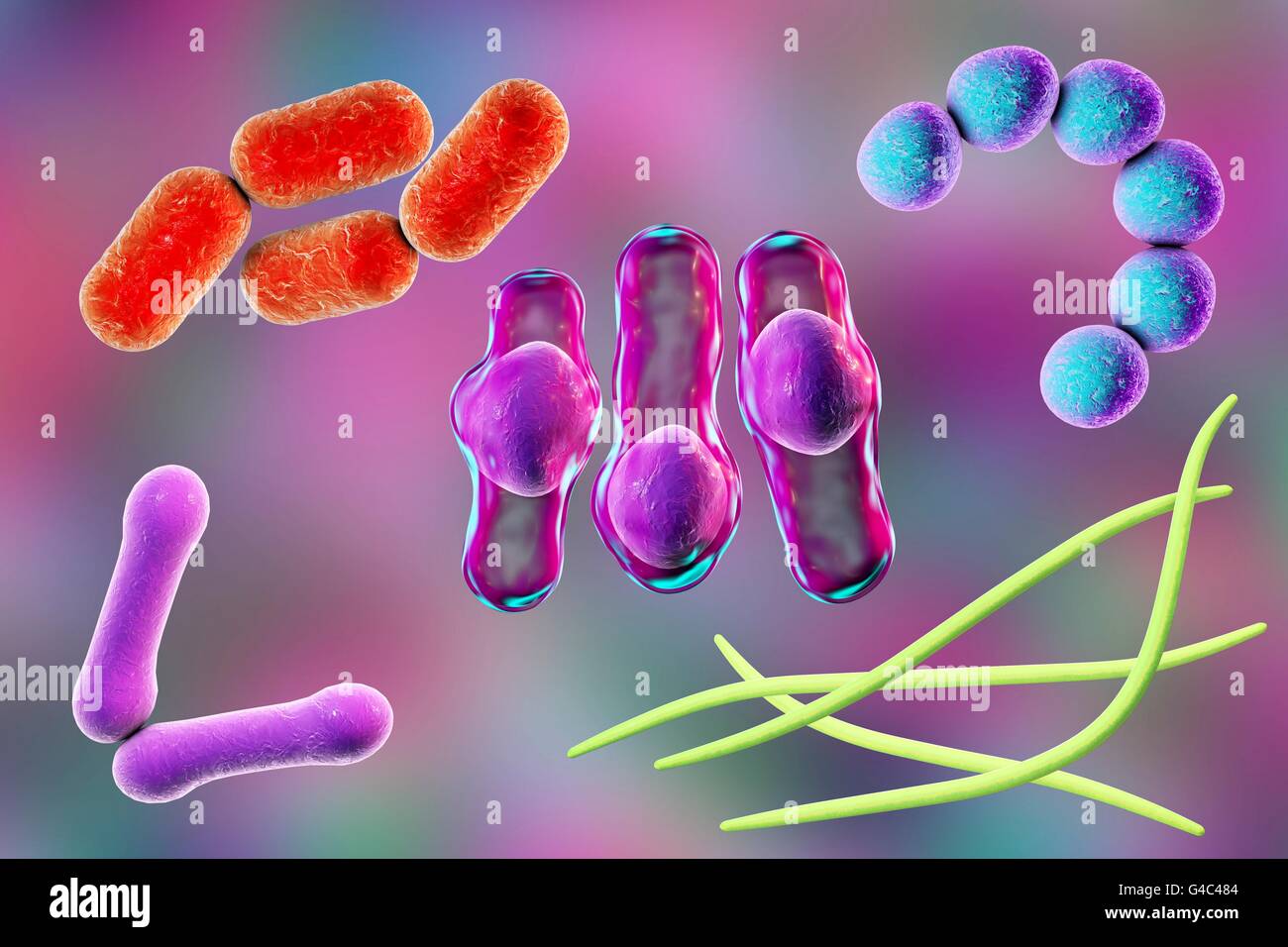


Bacteria Computer Illustration Of Bacteria Of Different Shapes Stock Photo Alamy



Bacteria Colony Appearance Morphology The Following Show Expected Colony Appearances And Morphologies Shapes Of Escherichia Coli And Staphylococcus Course Hero



Escherichia Coli Wikipedia
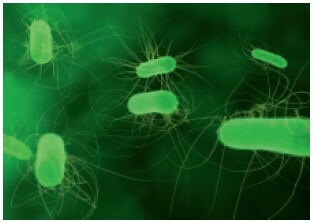


Selective Growth Media For Differentiation And Detection Of Escherichia Coli And Other Coliforms Sigma Aldrich
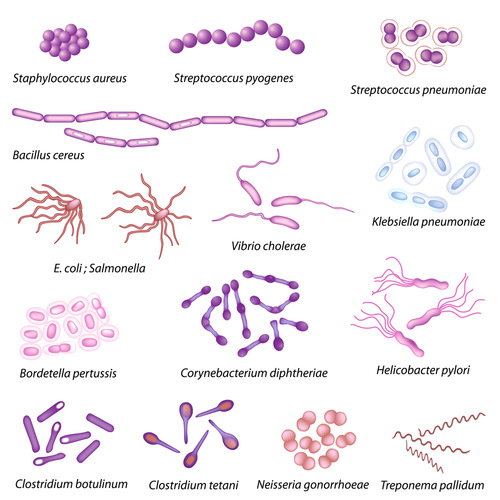


7 3 Bacteria Structure K12 Libretexts
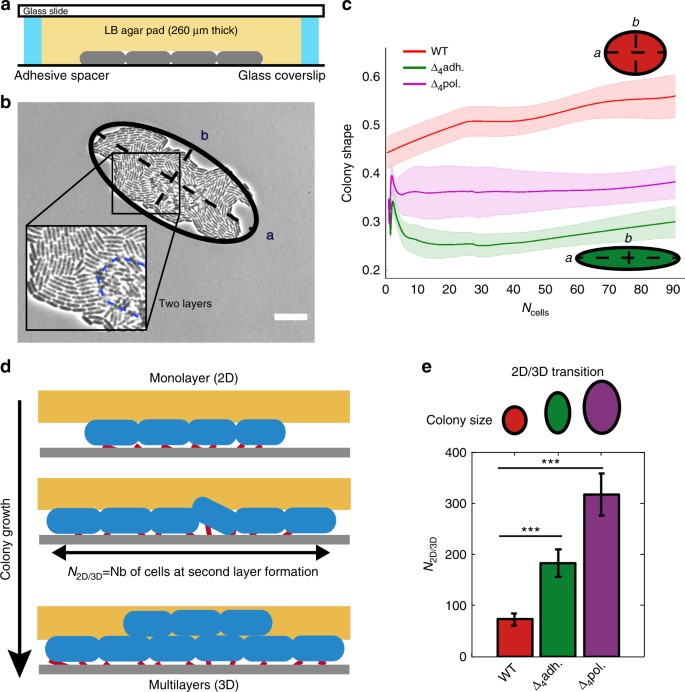


Asymmetric Adhesion Of Rod Shaped Bacteria Controls Microcolony Morphogenesis Nature Communications
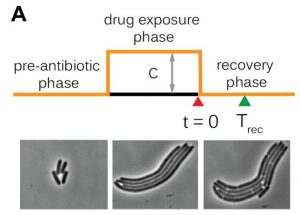


Stressed Out Bacteria Do Measure Up As They Grow E Coli Cells Constantly Mark Sites Where They Can Divide Once The Period Of Stress Is Over Amolf


Staphylococcus Aureus And Ecoli Under Microscope Microscopy Of Gram Positive Cocci And Gram Negative Bacilli Morphology And Microscopic Appearance Of Staphylococcus Aureus And E Coli S Aureus Gram Stain And Colony Morphology On Agar Clinical



Bacteria Of Different Shapes Stock Photo Download Image Now Istock



Capsule Shields The Function Of Short Bacterial Adhesins Journal Of Bacteriology
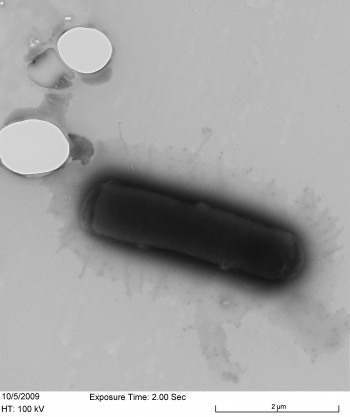


Escherichia Coli Ecoliwiki
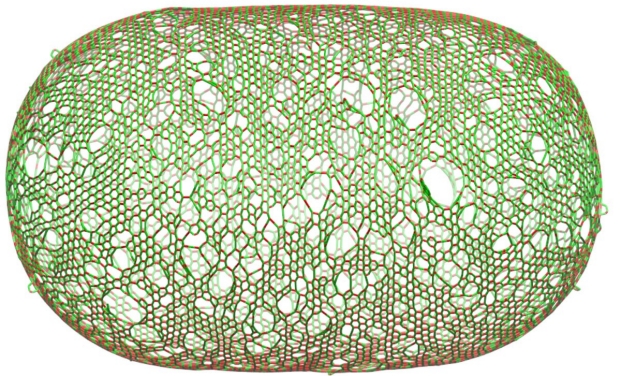


Researchers Unravel Secrets Of Shape Shifting Bacteria News Center Stanford Medicine
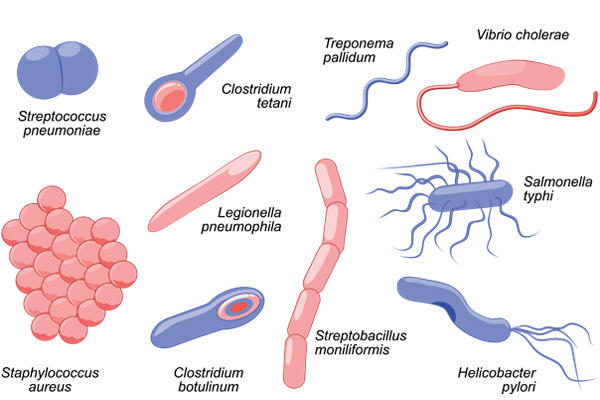


Bacteria What Is Microbiology Microbiology Society


What Types Of Bacteria Are Pathogenic


Q Tbn And9gcthevl Zqkqfmkjsxpjlyaaybidr 5u6srbbu0iw6pcnfveclgd Usqp Cau



E Coli Why So Famous
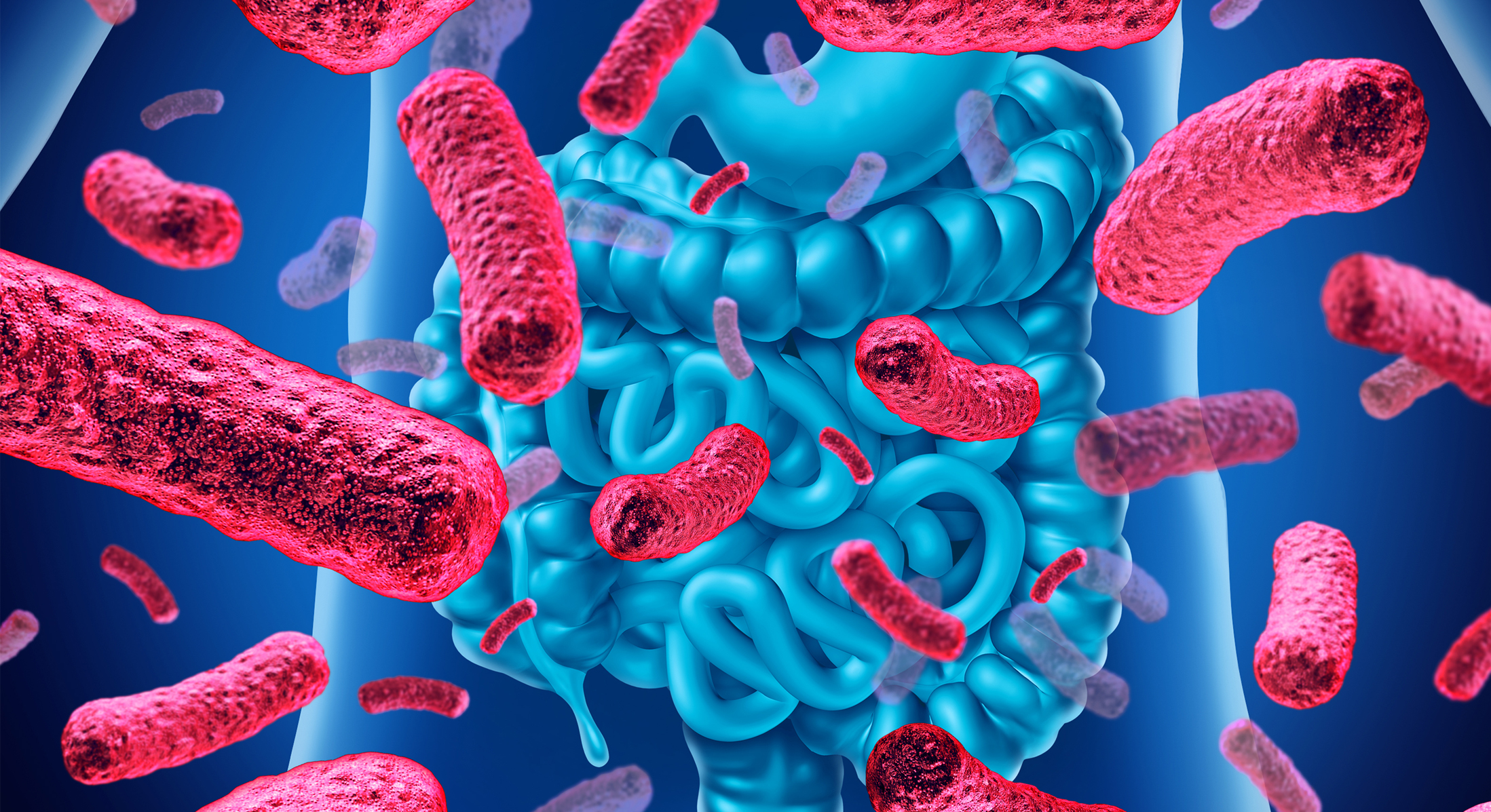


The Gut Microbiome Diet And Antibiotic Treatment All Shape E Coli Nissle Evolution
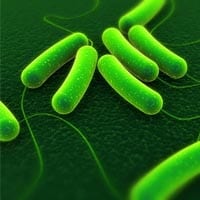


Fact Sheet On Escherichia Coli



Growth Requirements Of E Coli And Auxotrophs Microbiology Class Video Study Com



Escherichia Coli Bacteria 3d Close Up Rod Shaped Stock Photo Picture And Royalty Free Image Image
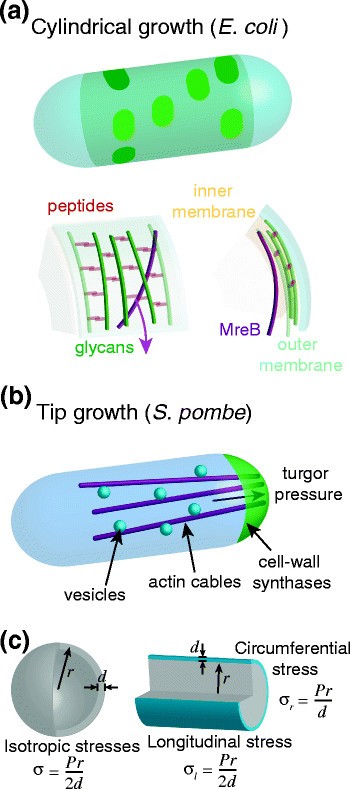


How And Why Cells Grow As Rods Bmc Biology Full Text



E Coli Bacteria Vibrios Type Category Stock Illustration Illustration Of Human Category



Bacteria Definition Shapes Characteristics Types Examples
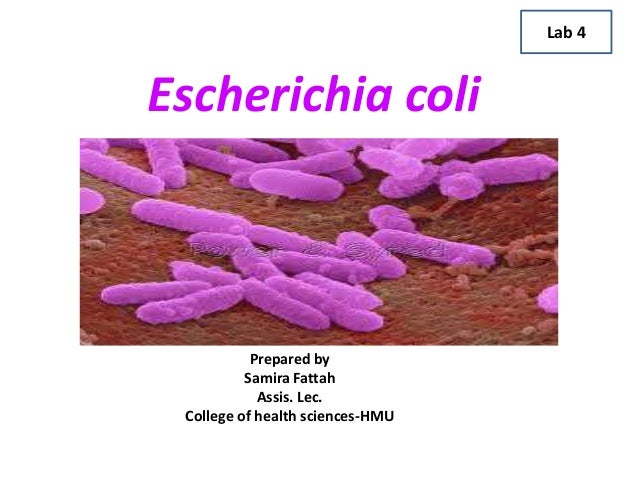


Escherichia Coli Lecture



Escherichia Coli Responds To Environmental Changes Using Enolasic Degradosomes And Stabilized Dicf Srna To Alter Cellular Morphology Pnas



Escherichia Coli
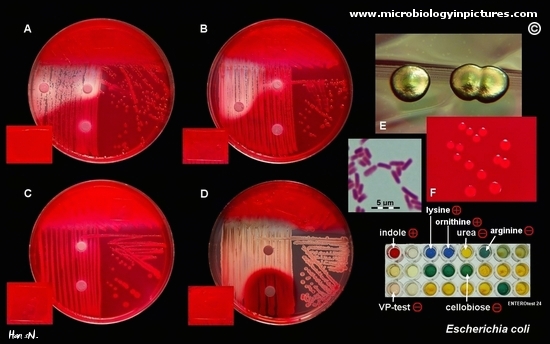


Escherichia Coli Colony Morphology And Microscopic Appearance Basic Characteristic And Tests For Identification Of E Coli Bacteria Images Of Escherichia Coli Antibiotic Treatment Of E Coli Infections
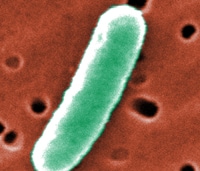


Enterotoxigenic E Coli Etec E Coli Cdc



Pin On J Magnified



Escherichia Coli Wikipedia



Flower Like Patterns In Multi Species Bacterial Colonies Elife


How Big Is An E Coli Cell And What Is Its Mass
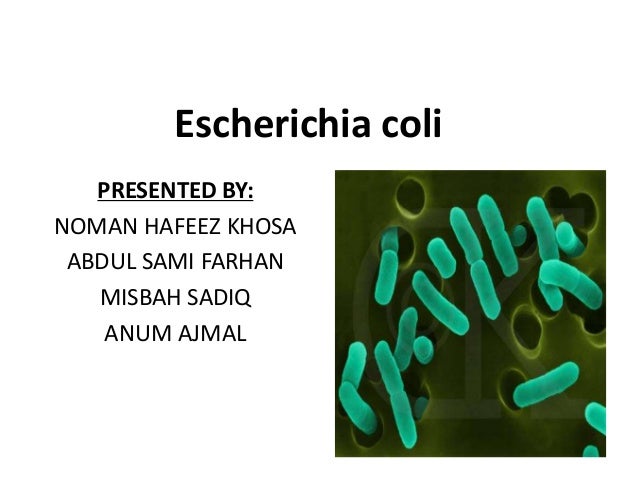


E Coli
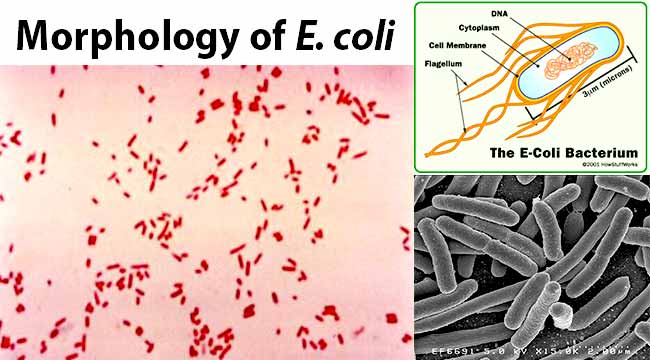


Escherichia Coli E Coli An Overview Microbe Notes



Escherichia Coli Colony Morphology And Microscopic Appearance Basic Characteristic And Tests For Identification Of E Coli Bacteria Images Of Escherichia Coli Antibiotic Treatment Of E Coli Infections



Genomewide Phenotypic Analysis Of Growth Cell Morphogenesis And Cell Cycle Events In Escherichia Coli Molecular Systems Biology



Bacteria Getting Into Shape Genetic Determinants Of E Coli Morphology Mbio
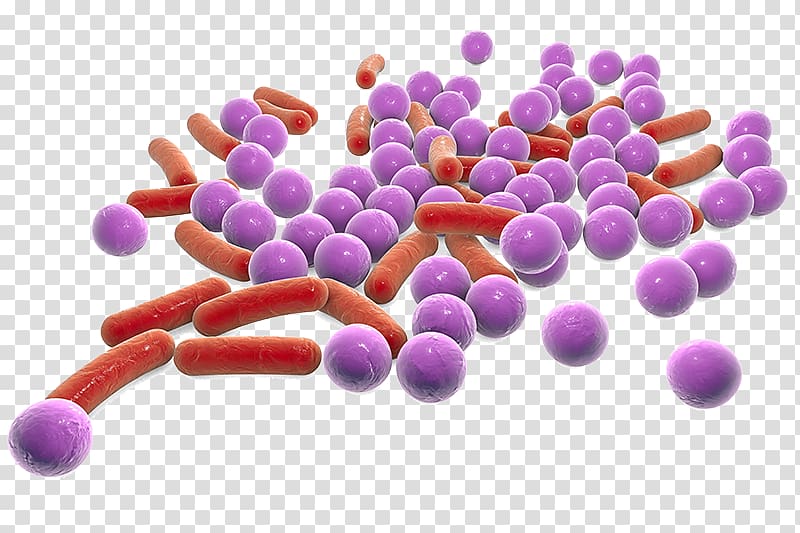


E Coli Shigella Bacteria Salmonella Bacillus Shape Transparent Background Png Clipart Hiclipart
:max_bytes(150000):strip_icc()/e.coli_updated-5be08d8fc9e77c005139d286.jpg)


3 Common Bacteria Shapes



Microbes Of Different Shapes Stock Photo Download Image Now Istock



Escherichia Coli E Coli An Overview Microbe Notes
/bacteria_shapes-updated-5be08caf4cedfd0026957870.jpg)


3 Common Bacteria Shapes


Colony Characteristics Of E Coli Sciencing



Bacteria Exhibiting A Wide Variety Of Sizes And Shapes A Mycoplasma Download Scientific Diagram



Microbes Isolated On Black Background 3d Illustration Bacteria Of Different Shapes Staphylococci Streptococci Neisseria Clostridium Rod Shaped Escherichia Coli Klebsiella Buy This Stock Illustration And Explore Similar Illustrations At Adobe
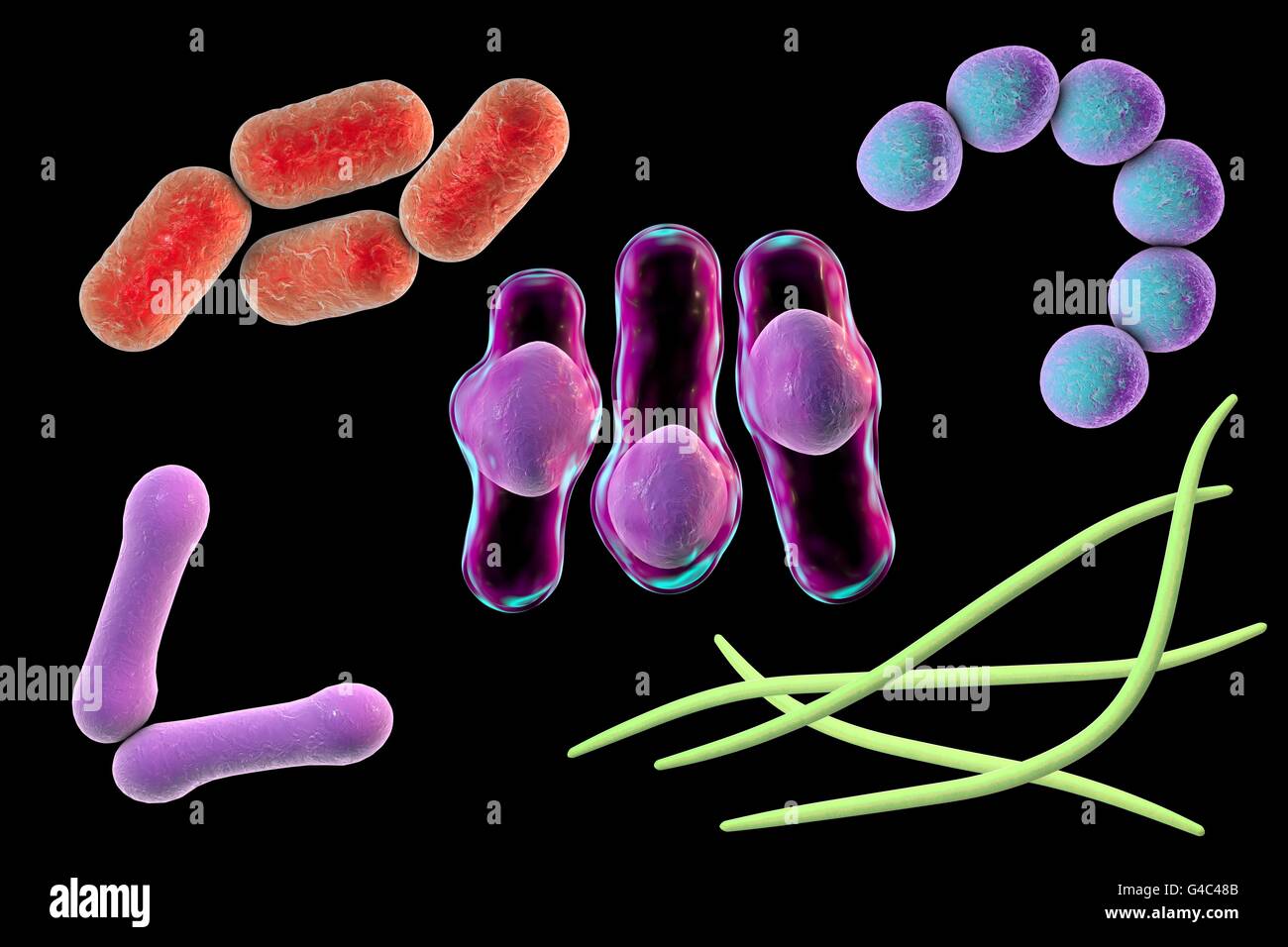


Bacteria Computer Illustration Of Bacteria Of Different Shapes Stock Photo Alamy



Fact Sheet Escherichia Coli Microbial Identification Maldi Tof



E Coli Bacteria Britannica


コメント
コメントを投稿